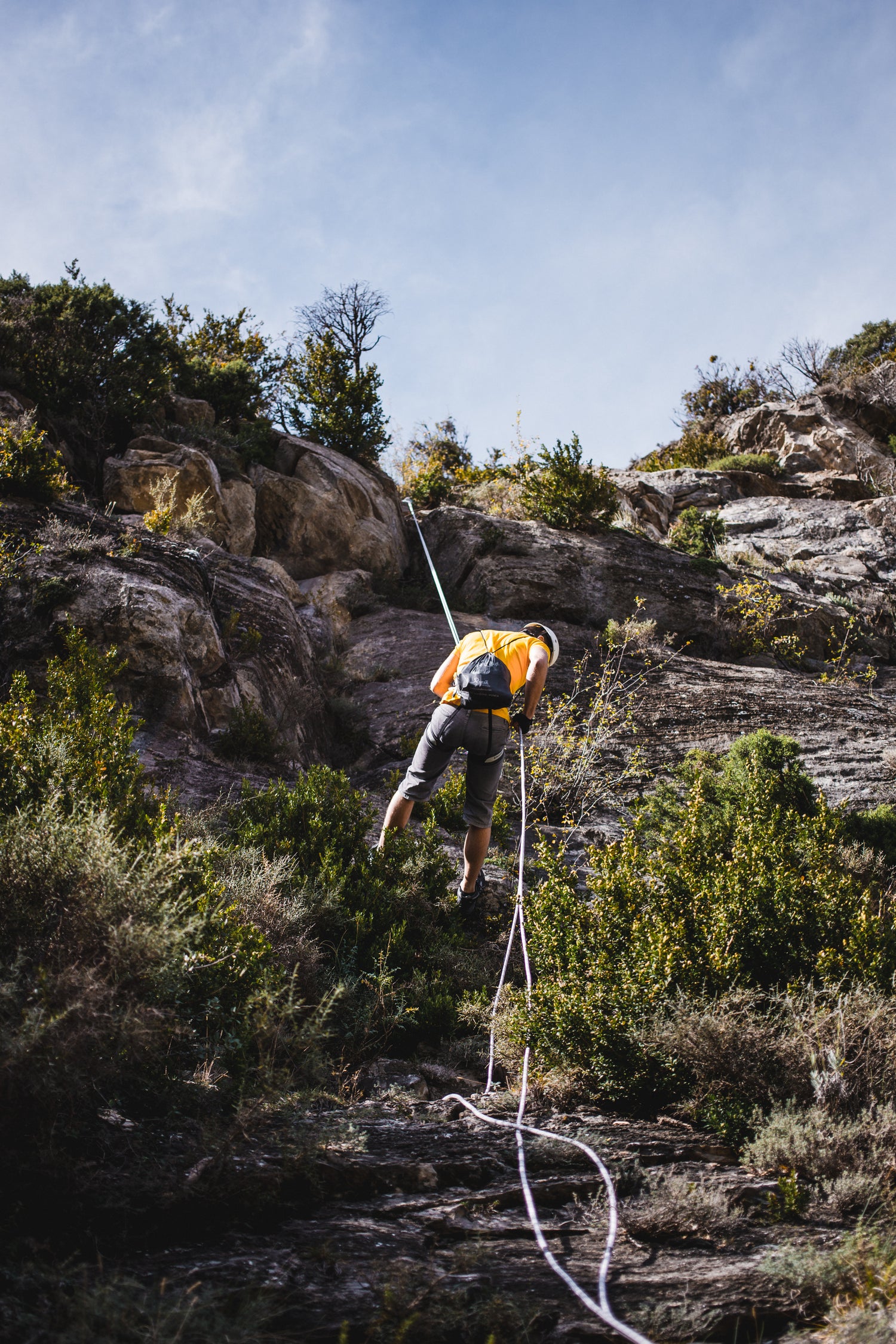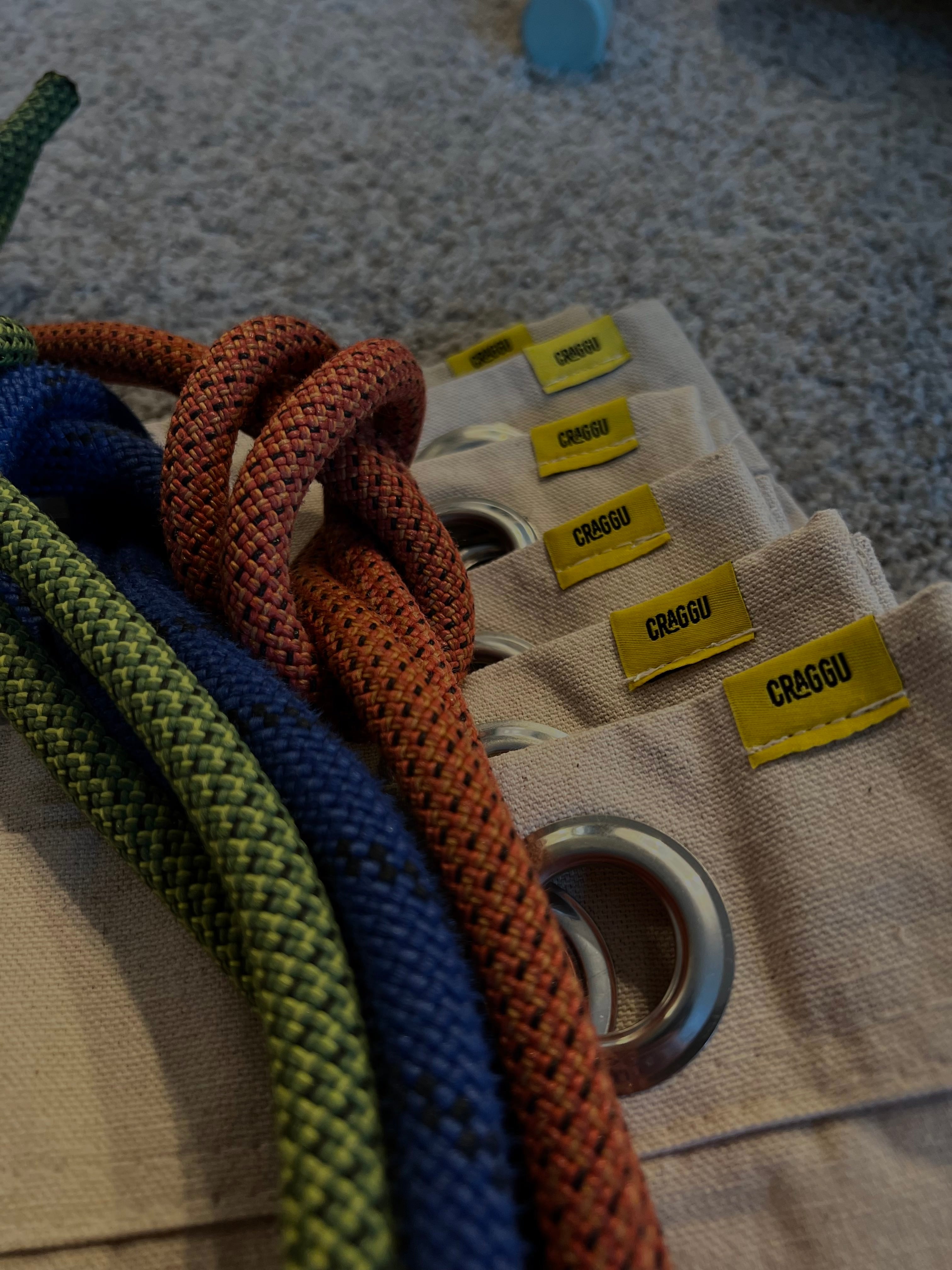
a growing economy
Rock climbing & outdoor sporting activities are part of a constantly growing economy.
Smaller niche products, like climbing ropes, can make a signifiant impact to green house gas (GHG) emissions during it's production, usage & disposal

With growth, comes responsibility
As the business surrounding mountain sports grows, so does the demand for sustainable outdoor products..
..So what is the environmental impact of the ropes that protect us from falls & whippers on our favorite climbing routes?

Modern day technical climbing ropes are made entirely out of polyamide-6 (PA6)
It's high tensile strength, elasticity and durability make it an attractive material for climbing ropes & textiles. We, climbers, typically use our ropes until the end of it's lifecycle (~5 years depending on usage).
but what happens after?
-

91% of climbing ropes are disposed via incineration
-

9% of climbing ropes are disposed via sanitary landfill
-

Think about all the individual & commercial waste from climbing gyms!
As the global production of plastic solid waste crosses 150 million tons a year, widespread recycling, reduction & reuse of plastic waste is becoming an essential necessity
This goes for climbing ropes too!

Mountain sports are affected by climate change in a way few other sports are
As avid & passionate climbers, we need to take responsibility to protect our beloved crags & cliffs
Works cited
-
Bradford, S.; Rupf, R.; Stucki, M.
Climbing Ropes - Environmental Hotspots in their Life Cycle and Potentials for Optimization.
Sustainability 2021, 13, 707.
-
P. Du Maire, M. Deckert, M.Johlitz, A. Oschner, Appl. Res. 2023; 2:E202200091



